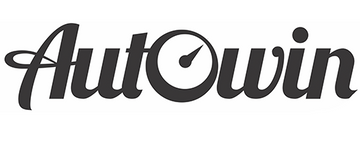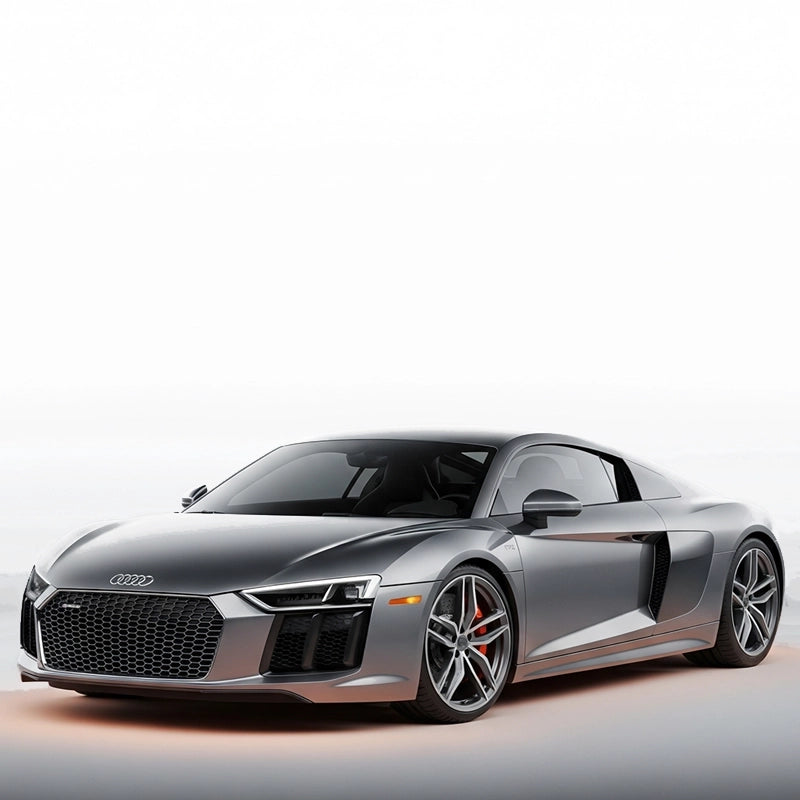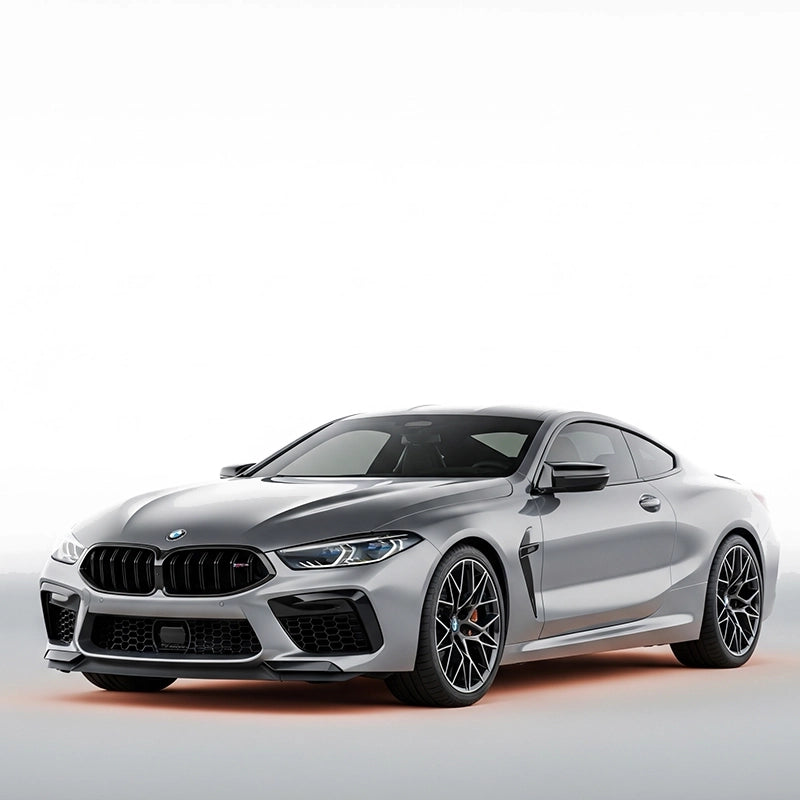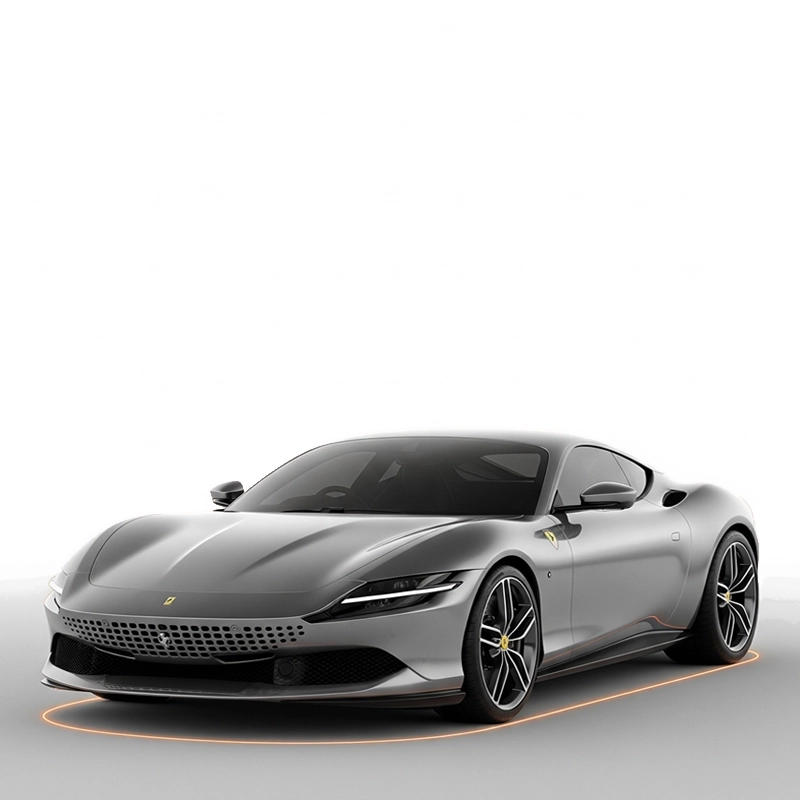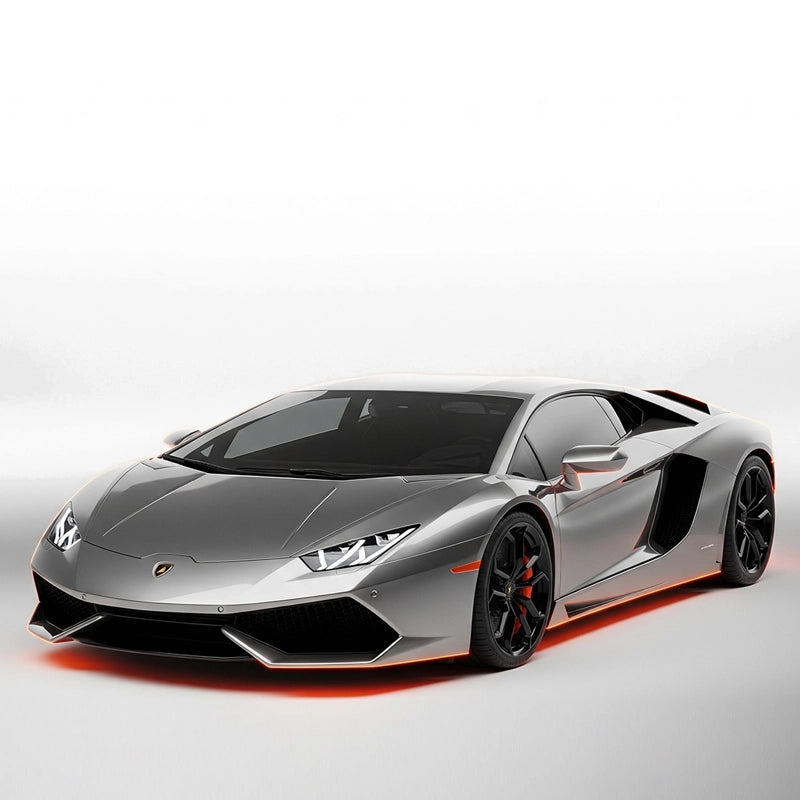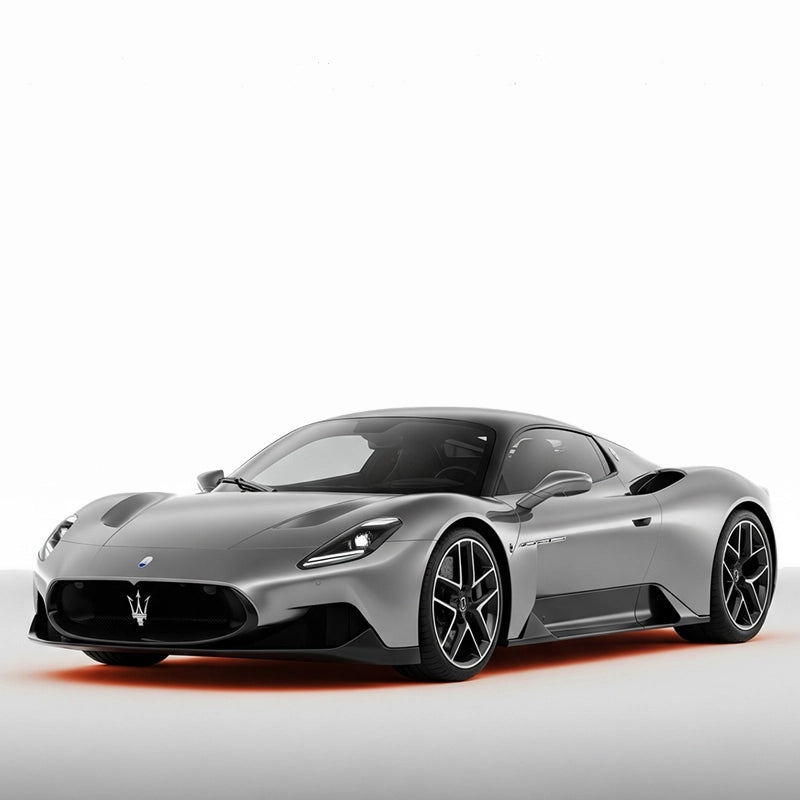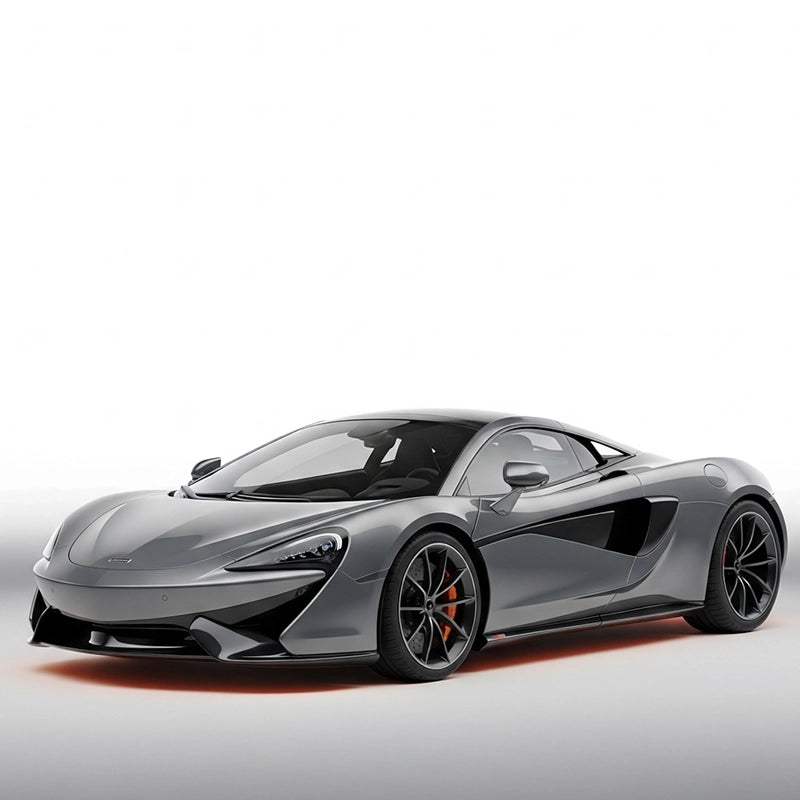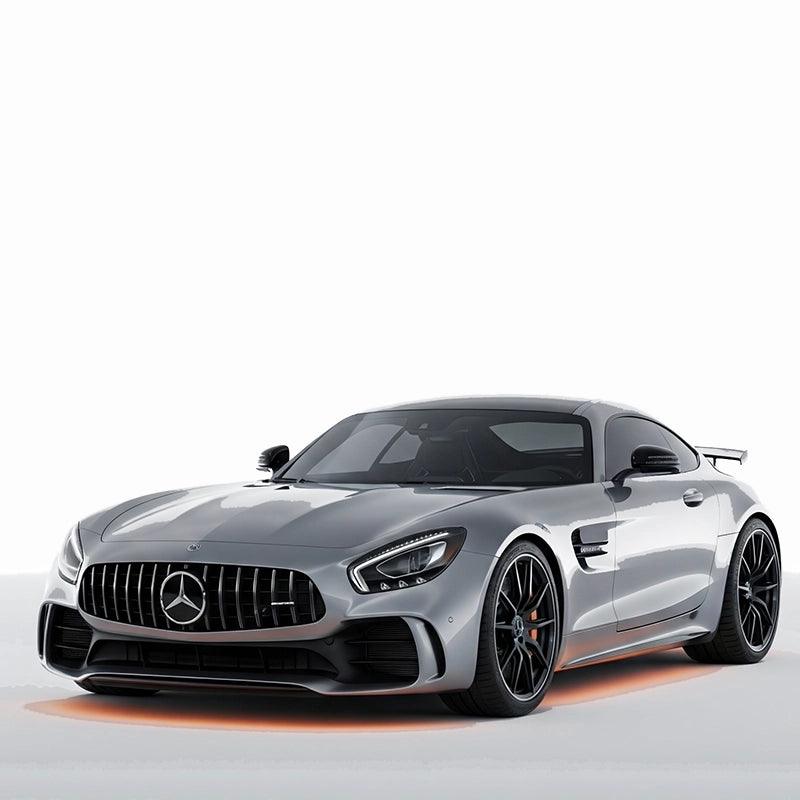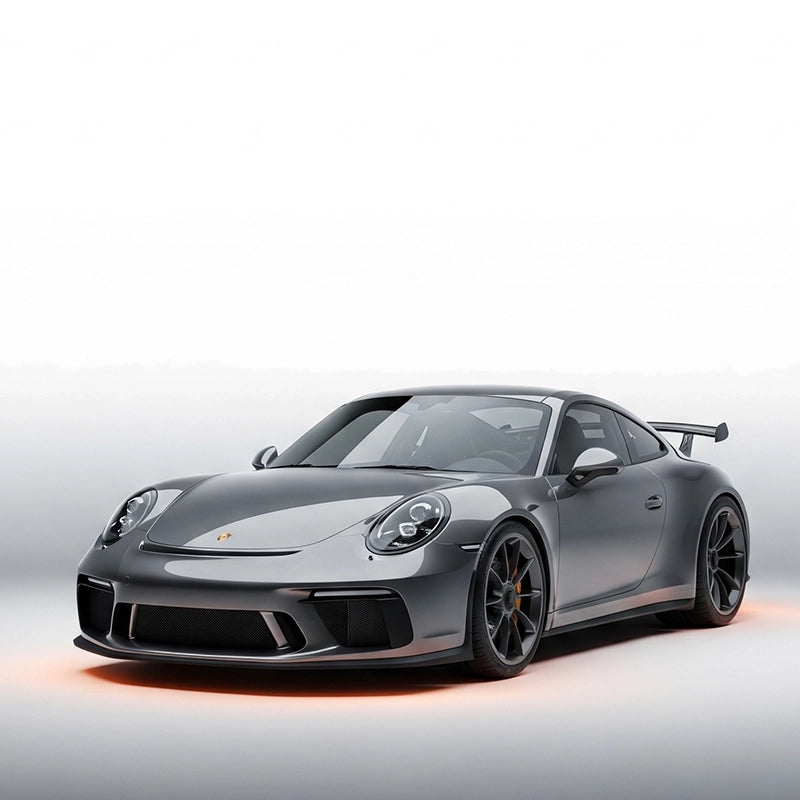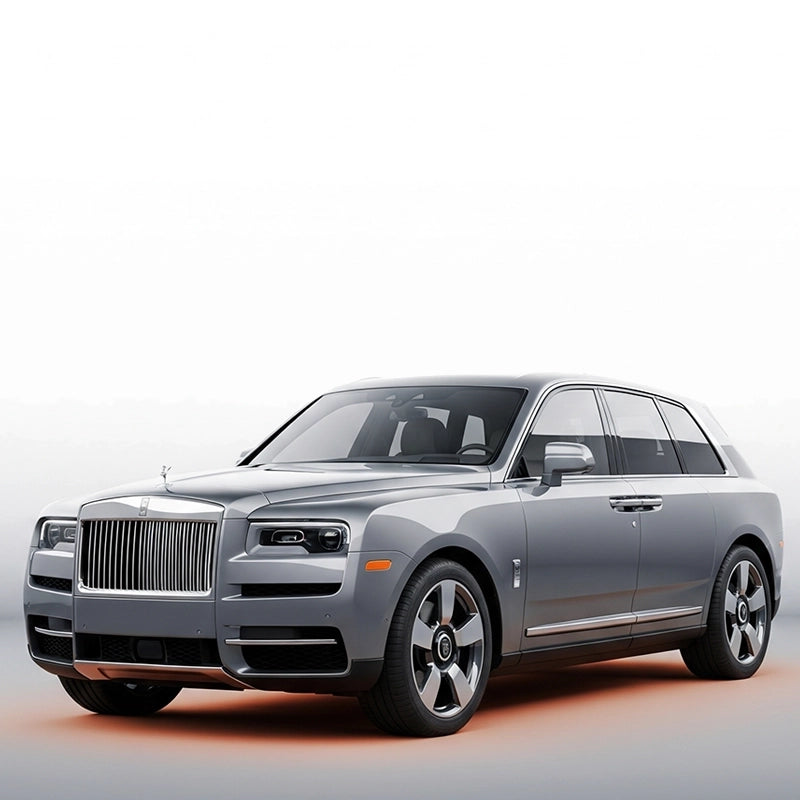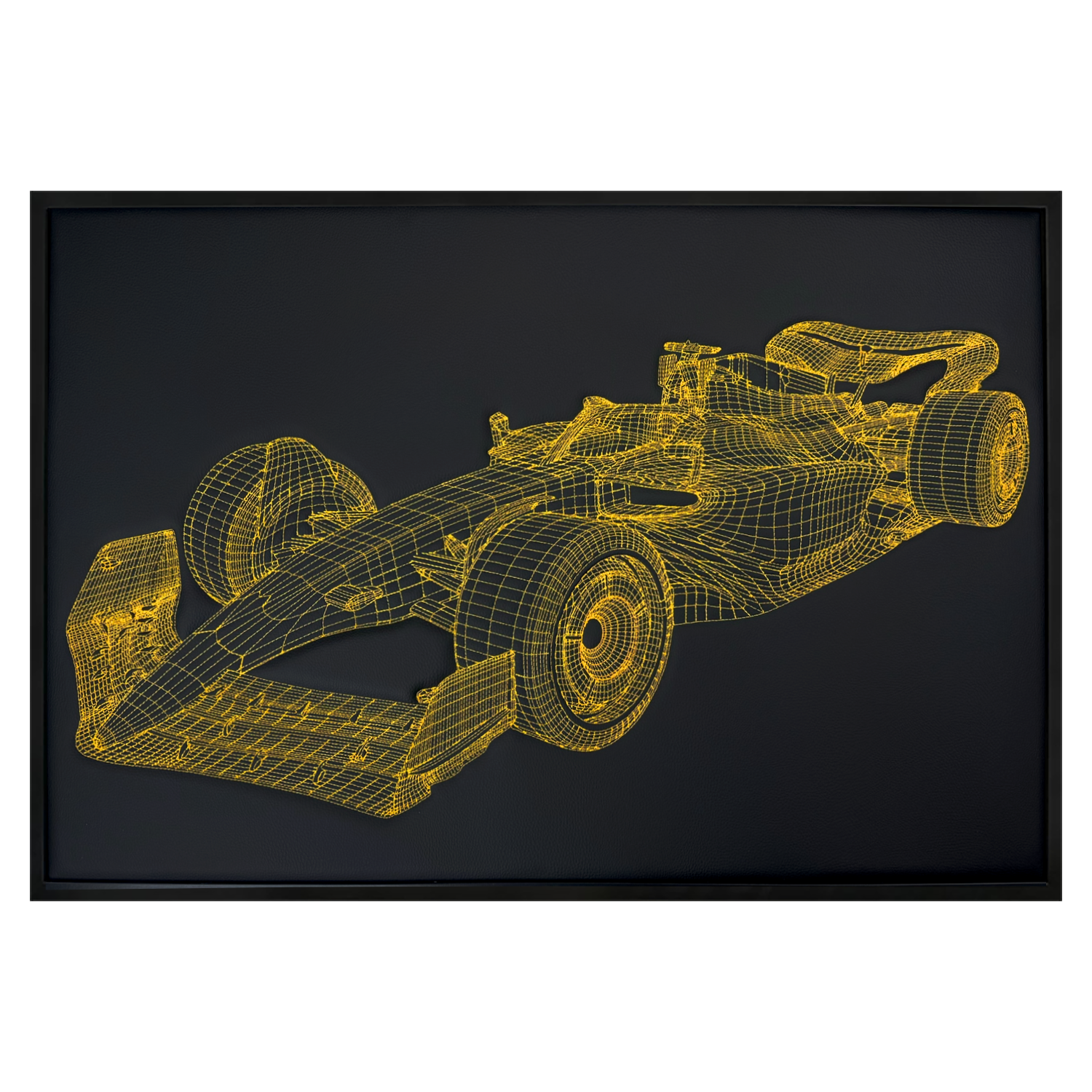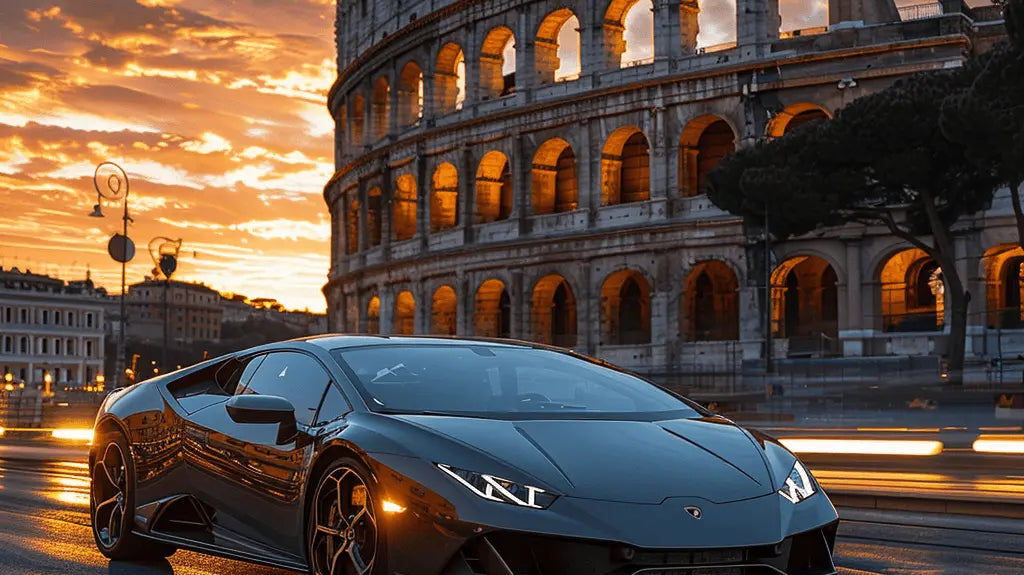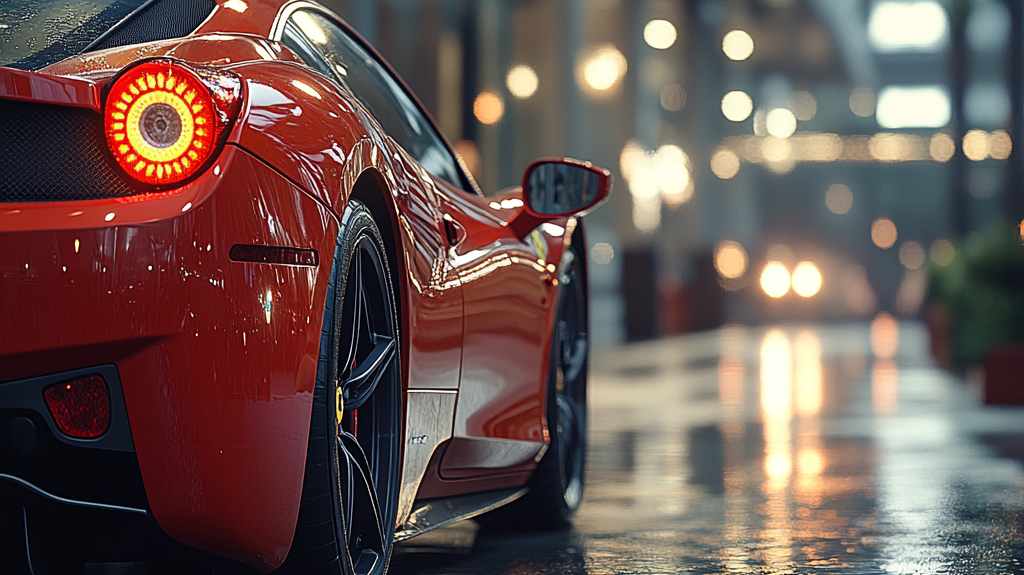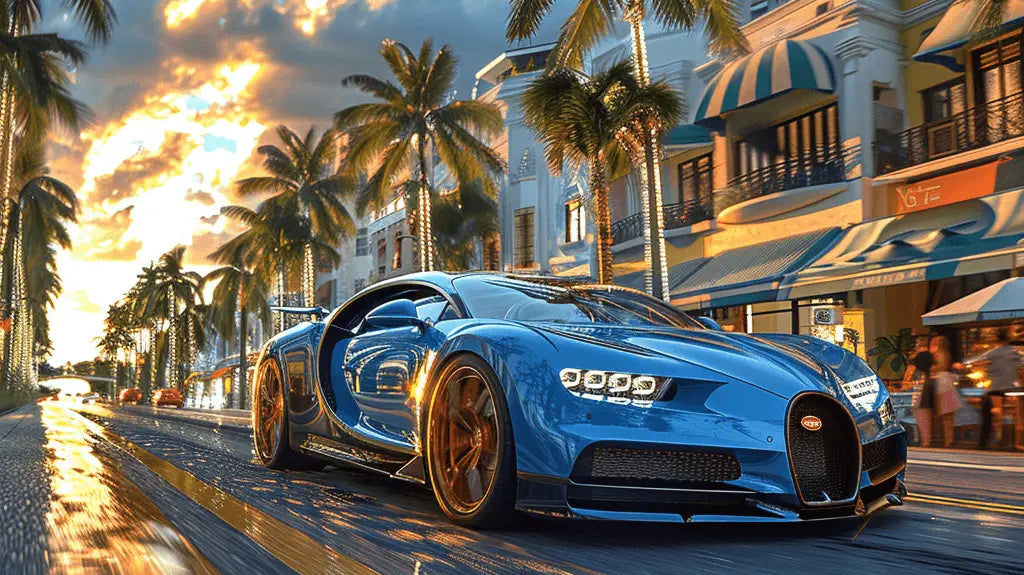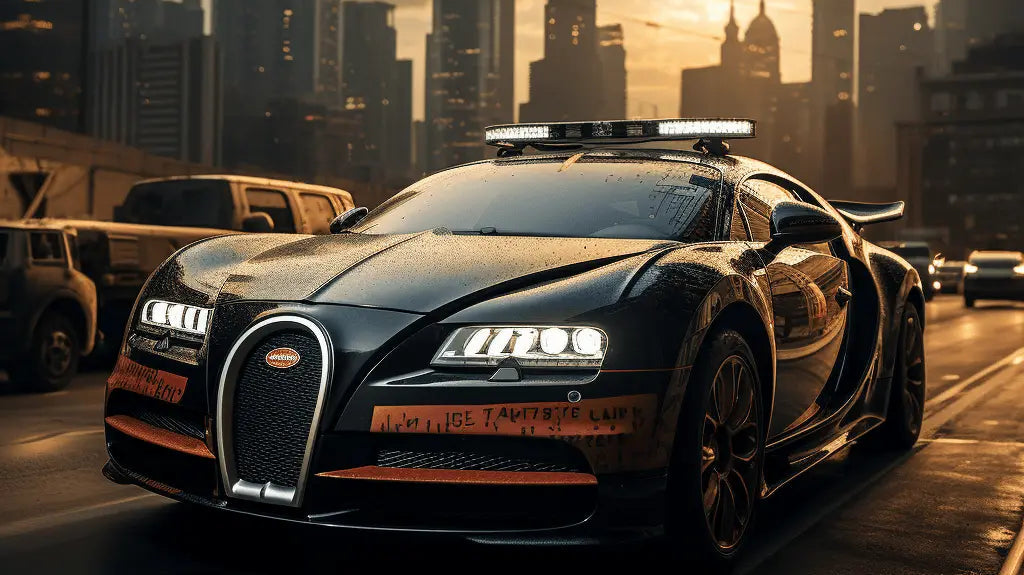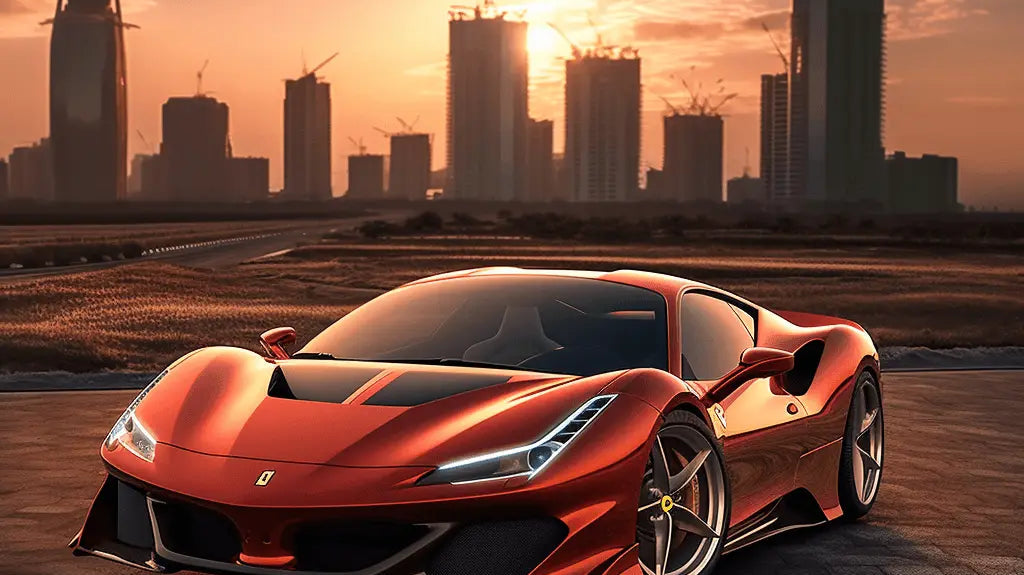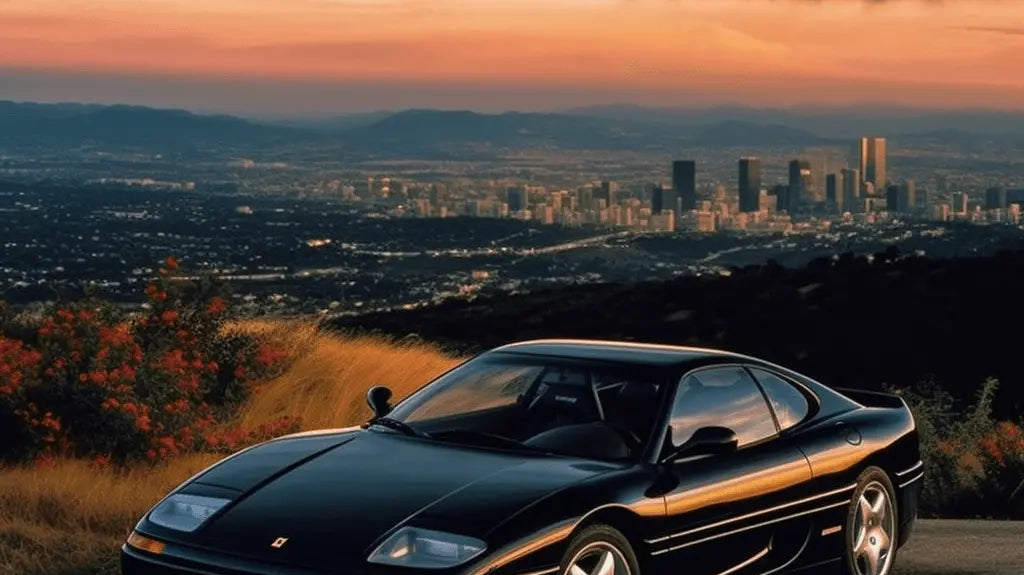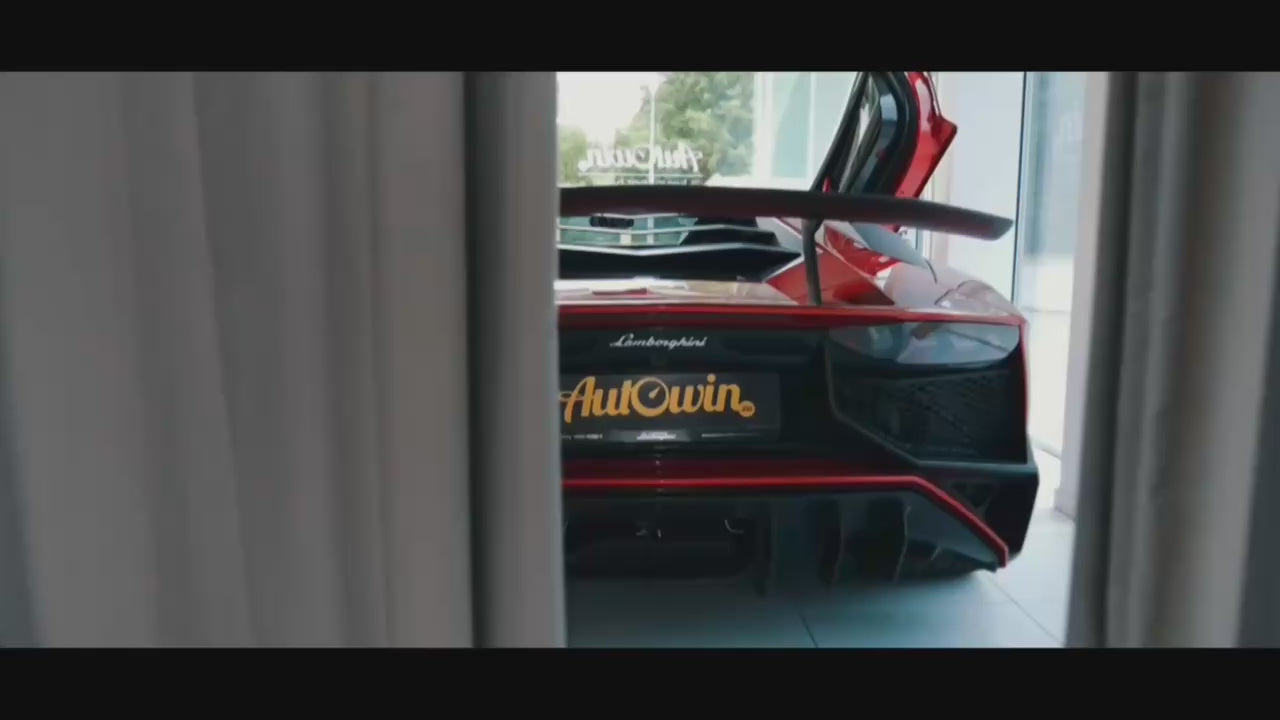Understanding BMW Headlight Systems: Differences Between Bi‑Xenon, LED, and Laser Lights
I’ve done my fair share of night miles in BMWs—everything from rain-lashed B-roads to long, empty interstate slogs—and the evolution of BMW headlight systems has been one of the most dramatic upgrades to real-world driving comfort. The way a BMW lights the road isn’t just tech trivia; it changes how relaxed you feel at 2 a.m. on a dark freeway and whether you’re spotting that deer a beat sooner. Below, I’ll break down Bi‑Xenon, LED, and BMW’s Laser lights in plain English, with a few honest observations from the driver’s seat.
BMW Headlight Systems 101: Halogen vs. Xenon/HID
Let’s start with the basics. Traditional halogen bulbs are simple: a filament glows when hit with 12V, just like a tiny toaster. They’re cheap and reliable, but they’re also a bit, well, yellow and dim by modern standards.
HID (often called Xenon) is a different animal. Instead of a filament, an HID bulb has a small capsule filled with xenon gas and metal halide salts. An electronic ballast fires high voltage to ignite an arc—think micro lightning—producing a bright, crisp beam that’s typically about three times more intense than halogen. You’ll notice the difference the first time you slip onto an unlit highway: the pavement looks cleaner, the edges sharper, and roadside signs pop.
BMW Headlight Systems: How OEM Bi‑Xenon Works
Bi‑Xenon simply means one HID bulb handles both low and high beam. Most BMW units use a projector with a movable shield. Tap the stalk for brights and a spring-loaded solenoid flips the shield, letting more of the arc’s output through the lens to form a high-beam pattern. Hella’s design is common, and the concept has been around since the early 2000s.
- Pros: Proper HID performance on low and high beam, clean cutoff, strong reach. After a week in mixed weather, I found high-beam punch more consistent than setups that pair HID low with halogen high.
- Cons: Foreground can stay a touch too bright when you go to high beam, which can reduce your eyes’ adaptation to distance. Minor, but noticeable on rural roads. Also, most systems still use a separate halogen bulb for flash-to-pass.
Beam Patterns Explained: DOT vs ECE vs JDM vs Harmonized
Not all beams are created equal. Regional standards change how your light hits the road—and other drivers’ eyes.
- DOT (U.S.): Calibrated to light overhead signage well. Legal maximum peak intensity is about 28,000 candela. Useful in freeway-heavy regions, but they can produce more glare if not aimed correctly.
- ECE (Europe): Marked with an “E” and a country code. Lower glare above the cutoff, very crisp horizontal cutoff, and a higher allowed peak intensity (up to 38,000 candela). On a foggy Swiss pass—true story—the reduced stray light kept fatigue down.
- Harmonized (E + DOT): You might see markings like “E4 DOT.” Legal on both sides of the Atlantic, but in my experience a pure ECE projector usually has the tidier pattern.
- JDM (Japan): Essentially a mirrored ECE pattern for left-hand traffic. Great in Tokyo. Not great in Toledo.
Curious about the markings? There’s a helpful reference here: headlights markings guide.
BMW Headlight Systems: LED Era
LEDs started as accents—position lights, DRLs—and then graduated to main beams. Audi’s R8 was the big bang for full‑LED headlamps in series production, and BMW quickly folded its own take into the lineup. LEDs allow designers to draw light, not just throw it. Narrow slits, glowing signatures, razor cutoffs—the whole premium SUV and sports-sedan market chased the look.
Under the skin, an LED is a semiconductor that emits light when current flows. White light is usually made by a blue diode exciting a phosphor that glows yellow; your eyes blend blue and yellow as white. It sounds lab-coat stuff, but on the road it means instant-on light and crisp color that’s closer to daylight than halogen.
BMW LED Headlights also tend to sip power and last ages—often longer than you’ll own the car.
LED Advantages (and a couple quirks)
- Color close to daylight—signs and lane markings show up cleanly.
- Very long service life; typically outlasts the vehicle.
- Lower energy use; great for daytime running lights.
- Packaging freedom; thinner housings, distinctive signatures.
Quirks? LEDs don’t radiate heat forward, so manufacturers build in heat sinks and airflow to manage chip temperature. On a frosty morning, the warm air routed over the lens can help de-ice and de-fog. Clever. But when that cooling fan ages, you might hear a faint whir; I’ve noticed it on a couple of high-mileage cars.
How LEDs Are Deployed in BMW Headlight Systems
Automakers use two approaches: reflectors that redirect LED light onto the road, or compact projectors with lenses that “paint” the beam pattern. Because LEDs are tiny, you can mix both—think a projector for low beam and a reflector array for high. Adaptive setups then swivel or shade individual segments to avoid blinding traffic while keeping verges lit. When it’s dialed in, it feels like a polite spotlight that reads the road for you.
BMW Laser Headlights: What They Are (and Aren’t)
BMW first floated the idea in 2009, and I’ll admit, I rolled my eyes. Laser headlights? Sounds like a comic book. Then I drove an i8 at night. Different story.
Laser high beams aren’t little lightsabers shooting onto the tarmac. A bank of blue laser diodes fires into a phosphor module that emits intense white light, which is then focused down the road. The advantages are real: compact modules, efficient power use, and a color temperature that feels close to midday sun—less eye strain on long runs. And despite the scary name, the system is engineered to be less dazzling for oncoming traffic than some older HID/LED setups.
In BMW applications, laser high beams typically kick in above certain speeds and when sensors confirm there’s no oncoming traffic. When they light, you see it immediately—signposts and reflective markers appear far earlier, and you find yourself backing off the speed a touch simply because you’ve run out of excuses not to.

Left vs. Right Headlamps: Any Difference?
Optically, left and right units on a left-hand-drive BMW throw the same beam pattern. The housings are mirrored for styling symmetry, and components like ballasts or projectors may be mirrored for packaging, but the pattern is identical side-to-side. The exception? Market-specific units (ECE vs DOT vs JDM), which change the pattern for regional rules or traffic side.
Quick Comparison: Bi‑Xenon vs LED vs Laser in BMW Headlight Systems
| Technology | Light Source | Typical High-Beam Reach | Pros | Cons | Typical Power |
|---|---|---|---|---|---|
| Bi‑Xenon (HID) | Gas-discharge arc + projector shutter | ~250–300 m | Excellent punch, crisp cutoff, good in bad weather | Ballast complexity, color shift with age | ~35W per bulb (plus ballast) |
| Full LED | Semiconductor emitters (with phosphor) | ~250–350 m | Instant on, long life, adaptive options, efficient | Thermal management required; module replacement can be pricey | ~15–30W per module |
| Laser (laser-boosted high beam) | Blue laser diodes excite phosphor | Up to ~600 m | Compact packaging, superb reach, daylight-like color | Usually high-beam only; market availability varies | Low; laser module adds ~10W–15W |
Practical Notes: Energy Use, Heat, and Real-World Comfort
- Energy consumption: LEDs and lasers are stingy. LED DRLs can use around 14W versus ~300W for full conventional lights during daytime.
- Thermal management: LEDs emit “cold” light, but the chips run hot. Heat sinks and airflow keep them happy—and that warm air can be ducted to de-ice lenses in winter. Neat two-birds-one-stone engineering.
- Driver comfort: ECE patterns tend to reduce fatigue over long night drives thanks to lower stray glare. DOT beams make overhead signage pop. Pick your poison—or your passport.
Owner Scenarios: Where Each System Shines
- Urban commuter: LED is ideal—instant-on, distinctive DRLs, low power draw. Feels right for late dinners and early airport runs.
- Rural or mountain driver: Bi‑Xenon still impresses with punchy reach and handsome cutoff. On foggy nights in Vermont, I’ve preferred a strong HID low beam over some overzealous LEDs.
- Frequent night highways: Laser high beam is the ace. The first time you see 600 meters of reflective posts wink back, you’ll catch yourself easing off the throttle—honestly, I wasn’t sure at first, then I was sold.
Final Thoughts: Which BMW Headlight System Should You Choose?
If you’re shopping BMWs, the sweet spot for most people is a modern LED setup with adaptive functionality—quietly brilliant and low-maintenance. If you live out where the deer play and the streetlights don’t, a well-executed Bi‑Xenon still delivers superb clarity. And if your model offers Laser high beams, it’s a luxury you’ll appreciate the first time you crest a dark ridge at 70 mph. Whatever you pick, make sure it’s designed and aimed correctly—OEM parts, proper standards, proper alignment. Your eyes (and everyone else’s) will thank you.
FAQ: BMW Headlight Systems
- Are BMW laser headlights legal everywhere? Availability varies by market and trim. In the U.S., laser is typically limited to high-beam assist and operates only when conditions allow. Always check local regulations and specific model equipment.
- Can I retrofit Bi‑Xenon or LED into a halogen BMW? It’s possible, but do it with OEM parts and full control modules. Cheap plug-in kits often scatter light and can be illegal. Aim and coding matter.
- Which is brighter: LED or Bi‑Xenon? On low beam, both can be excellent. LED tends to have cleaner color and quicker response; Bi‑Xenon often has a very strong hotspot and reach. Implementation matters more than the badge.
- How do I tell DOT vs ECE lamps? Check the lens markings. DOT lamps are labeled “DOT.” ECE units carry an “E” in a circle followed by a country code. Harmonized units may read something like “E4 DOT.”
- Why do my LEDs fog the lens less in winter? Some systems route heat from the LED module to the lens area, helping with de-icing and de-condensation. If your lens fogs often, check vents and seals.
